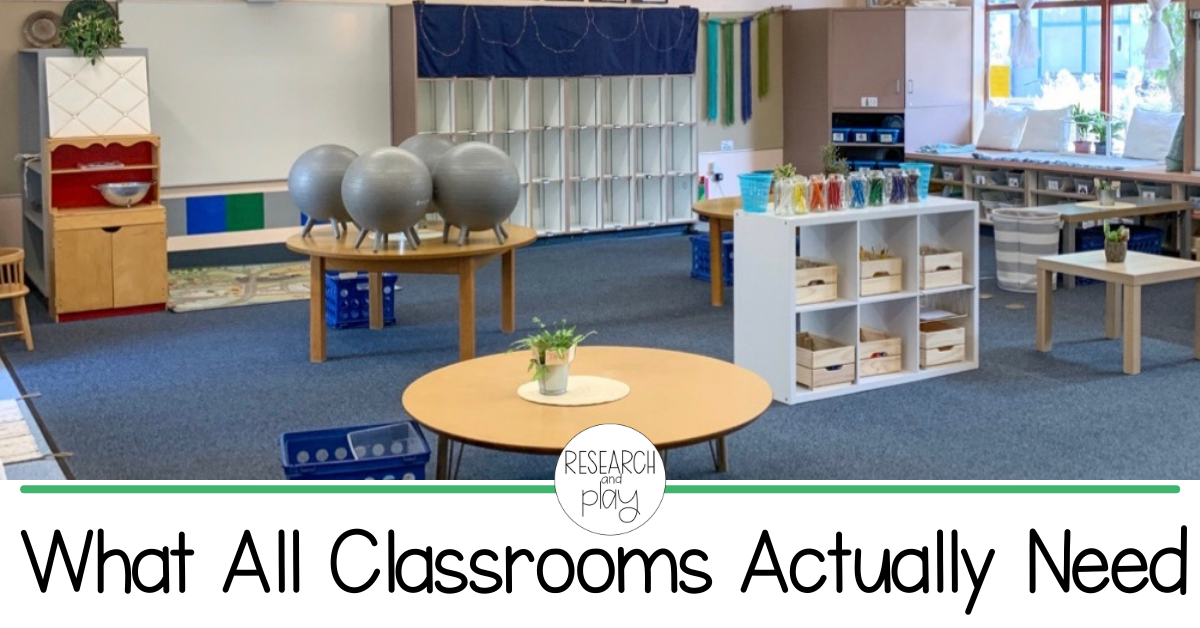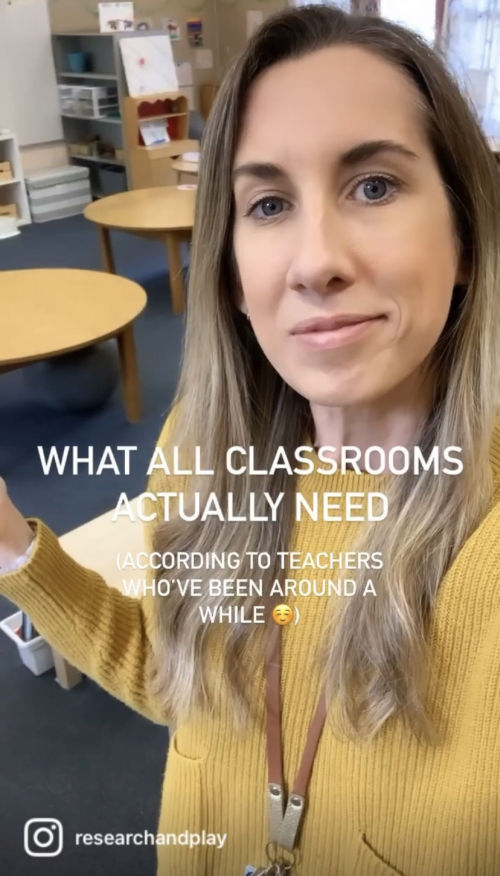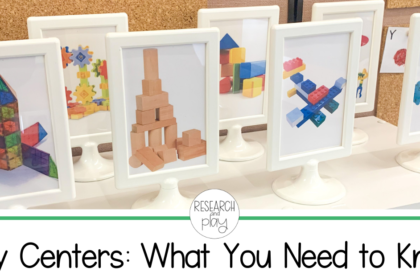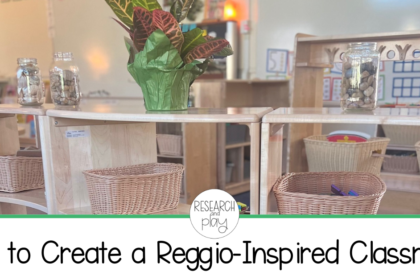After the pandemic forced most of us to completely shift the way we teach, we had to be very intentional with the tools our students used and the supplies we could make available to them. If you were able to get back into your classroom during the 20-21 school year, you likely had to make some big adjustments to how your students could access things inside your classroom. As we wrapped up that very unique school year, I asked teachers to share with me what they thought were the most important, simple, impactful things that teachers should have in their rooms. I didn’t want a list of superfluous things or items that were just “cute.” I wanted to share with new teachers so that they could have a solid yet simple list, and I wanted to encourage other teachers to pare down what they needed to organize or store. So, here’s the list that you all helped me come up with!
What All Classrooms Need (**or are at least encouraged to have!)
Clipboards and White Boards
Some of the most utilitarian tools in a classroom, clipboards and individual white boards were some of the most suggested items! Use clipboards for flexible seating, outdoor learning, scavenger hunts in your room or around campus, or for activities like write the room! Use white boards for, well, everything! They come in handy for guided practice on the rug during math and phonics, games like musical snap words, blends charades, two word challenge, prove it, and so many more.
Lots of books
This one is sort of obvious! Teachers work in such varied settings with all kinds of protocols regarding the books that students read. Some of us teach in a place where kids are encouraged to read anything and everything, books they’re interested in (even if they’re beyond their level), guided reading books, decodables, leveled readers, it’s all encouraged! Some of us teach in schools where programs like AR or STAR are encouraged, so our students may not be able to choose from as many books as they’d like. Whatever your situation is, just be sure to provide variety where you can. I’ve found that these leveled readers (I have level A, level B, and level C) are actually engaging for my students, and they love picking from them when we do book shopping. Also, build up your read aloud library! Choose silly books, books that have nothing to do with standards, and books based on class interests.
A space to hang student art
This goes beyond having a very curated bulletin board on a wall. Hanging student art around your classroom is just one way to show that the space belongs to the kids. Children need to see their mark on the space, and by hanging up work that they are proud of, you’re showing them that their presence matters! I have displayed work in a few different places and in a few ways: on a corkboard that we called “picture corner” (seen in the video above), on a photo board (seen in video), from yarn and clothespins from my ceiling (seen in this photo), with clothespins on curtains (seen here), and with tape on doors and windows.
Space for kids to move and sit
Maybe this one seems simple, but you don’t realize how much more space you could have until you start thinking in terms of design. What I mean by that is instead of setting up a classroom space to serve us and our traditional thinking (lots of teacher storage, desks for each student, pods or rows of desks, chairs for every child), set up your space using design thinking. Ask questions about the purpose of each area of your classroom, what students will do there, which materials will they need, how can the access the area, etc. When you use design thinking, you’re able to create a classroom where kids can move freely, have access to plenty of areas, and feel comfortable learning in a variety of ways. I teach design thinking in detail in my course, The Research-Based Space!
Empty walls
There is research that shows how “visual clutter” can distract both children and adults in work settings, and many of us can relate. When every area of wall space is taken up by decor, signs, and charts, students can easily lose the ability to focus on one particular thing. While our intentions are typically good, wanting to provide resources for our students to use, we actually end up creating distractions by accident. So what can we do? Just leave walls blank! When students need access to a learning chart, display it in an area that is eye-level and not surrounded by other things. When that learning has been internalized, take the chart down. Students need spiral review and repetition to internalize skills, not constant exposure to a chart. You can learn more about this in my course.
A comfy or cozy spot
For teachers of all children, not just early childhood, having a space in your classroom where kids can retreat, get privacy, have quiet time, or rest is so important. It gives students autonomy over their emotions, allowing them to take time to recover after conflict or to comfort themselves when missing a grown up. It allows students to have a spot when they just need a minute or want some quiet time. This area has always been one of my favorite classroom spaces. After modeling appropriate use, the cozy spot gives students the chance to develop self-regulation and emotional awareness. You can see it in the video above and in this post.
A teacher who cares about their students
I mean, this is pretty much it! You don’t need fancy gadgets. You definitely don’t need to spend a lot of money. You just need to be strong in your philosophy, studied on your classroom management, and happy to be spending your days with your students. You need to take care of yourself, listen to your body when you feel stressed or anxious, take time off when you need a break, and rest. All your students really need is a teacher that they can trust, rely on, and learn alongside. The rest is just extra.





